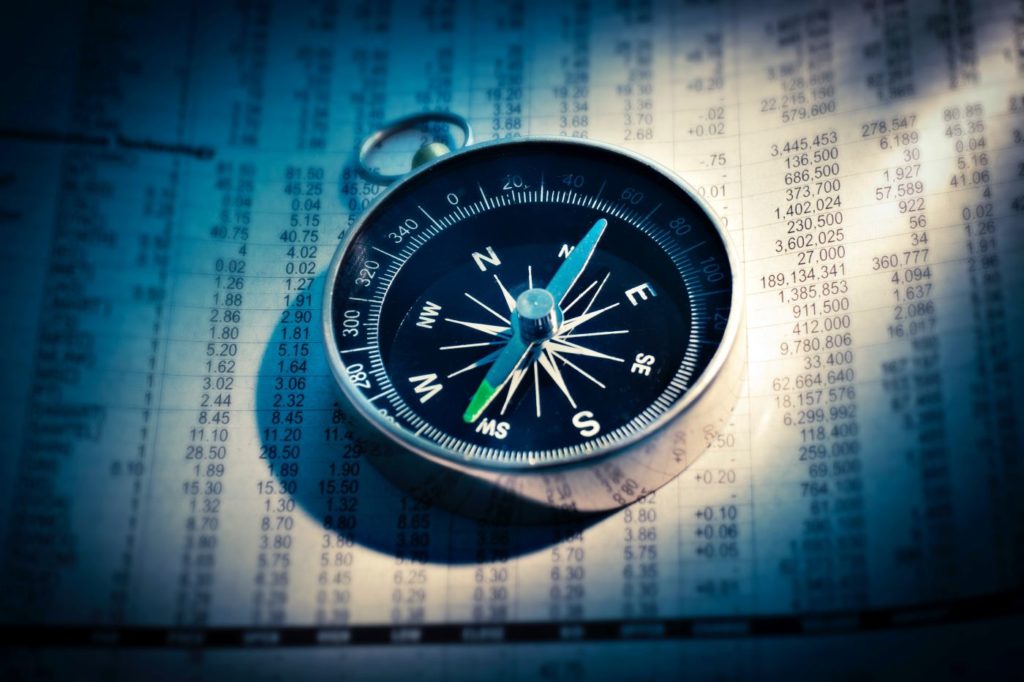Modern government is a collaboration between “politicians” and “technocrats.” “Politicians” (some of whom are elected) argue for policy on behalf of constituencies (some of whom are voters). “Technocrats” are the engineers of public policy. They run the numbers: carefully measuring social phenomena, analyzing cause and effect, and evaluating policy rigorously and “scientifically.”
When this collaboration goes according to script, politicians of every stripe take as facts the technocrats’ measurements and analyses. Politicians are not supposed to dispute the growth rate of GDP, the poverty rate, and estimates of the effects of tax cuts. When politicians bend facts and rules, technocrats check them with empirical measurements and statistical analyses.
We willingly rely on technocrats’ methods, in part based on our expectation that technocrats will be objective and neutral. We expect them to resist political pressure (even the pressures of their own political opinions). We know they often succumb to such pressure, but we are disappointed in them when they do.
In fact, however, it is rather difficult to protect technocrats’ objectivity from political pressures, because their measurements are not as certain as we would like to think. The question of how to take such measurements therefore becomes a political issue. Consider for instance the inflation rate.
Start your day with Public Discourse
Sign up and get our daily essays sent straight to your inbox.Economists Struggle to Measure Inflation Accurately
Economists have known for decades that our measures of inflation are faulty. The 1996 Boskin commission concluded that the federal government’s standard measure of inflation―the Consumer Price Index, or CPI―overstates inflation by approximately 1 percent per year. One reason for the error is that the kinds of goods that a typical household purchases change over time, which makes it difficult to compare the change in the cost of living. One cannot ask how much less expensive smart phones or streaming video services are today than in 1980, when they did not exist. Other behaviors of consumers compound this challenge: such as that consumers tend to reduce their purchases of more expensive goods in favor of cheaper goods.
Economists are not helpless in the face of these challenges. But they admit that even their best efforts (the CPI research series [CPI-RS] and the more experimental Personal Consumption expenditure Price Index [PCEPI]) still overstate inflation significantly. And yet, even though economists know well this fault in our measurements of inflation, the same realization has not yet made its way into our political discourse or policy. To see why this matters, consider three commonly reported economic statistics:
First, from 1984 to 2017, nominal (that is, in raw numbers) median annual household income increased by 174 percent, from $22,400 to $61,400. To interpret the real significance of this increase, we need some idea of how much higher prices were in 2017 than in 1984. The CPI (the government’s official price index) increased by 136 percent during this period. Therefore, controlling for inflation, the increase in real household income was only 16 percent over those 33 years. One could therefore further conclude that the “average” middle class household is in fact economically stagnant. But what if we use the more accurate PCEPI to measure inflation? By this index, prices increased between 1984 and 2017 by only 106 percent; therefore inflation-adjusted household income increased by a more respectable 33 percent over 33 years. Add in the fact that the PCEPI is probably still overstating inflation, and the “middle-class stagnation” thesis looks less plausible.
Second, something similar happens when one tries to determine the average earnings for workers in production or supervisory positions. The “average wage” increased from $8.49 in 1984 to $22.05 in 2017—that is, by 160 percent. As in the case of income, to interpret the real meaning of this increase we need to know how much the cost of living changed. If one uses the official price index (the CPI) to adjust for inflation, earnings grew over those 33 years by 10 percent. This calculation is the basis of the claim that there is “stagnant wage growth,” something that we now take as a fact. But when we use the more accurate PCEPI to adjust for inflation, we find wages increased by 26 percent over the same period.
Third, the government calculates the poverty threshold every year to determine which households―based on their annual income―qualify for a range of welfare programs. In 1984 the threshold for a family of four was annual income of $10,527. Each year the government increases this threshold at the CPI’s rate of inflation. The threshold in 2017 was $24,858, reflecting the CPI’s measurement of inflation at 136 percent relative to 1984. The more accurate price index, the PCEPI, yields a lower inflation rate of 106 percent. By this measure, the poverty threshold should have been $21,686 in 2017, $3,000 less than the official threshold. Not only does the more accurate inflation measure lower the poverty threshold, it also yields the conclusion that the poverty rate is falling.
If economists know that the CPI significantly overstates inflation, why don’t we use a better measure, or at least put an asterisk beside every claim about wages, income, poverty, etc. that is adjusted for inflation?
The Politics of Economic Data
To be fair to the economists at the federal Bureau of Labor Statistics, this question is not a matter of incompetence or political bias. The problem is quite difficult, and the government’s economists are continually trying to develop better measures.
Nevertheless the government is in no hurry to admit the scale of the problem, and it is quite plausible that the reason why is that a lower measurement of inflation would undermine a host of political narratives. Here are a handful:
“The war on poverty has failed. Poverty rates are no lower than they were in the 1960s. The reasons for this failure are ongoing, systemic racism, the underfunding of poverty programs, etc.” (In fact, when we measure inflation more accurately, we find that poverty rates have fallen significantly since 1965. By the way, falling poverty rates also complicate the conservative narrative that the billions spent on the war on poverty obviously failed to reduce poverty.)
“Wages are stagnating.” (In fact wages are growing twice as quickly as the CPI’s calculation of inflation would suggest.)
“The middle class is disappearing or stagnating.” (In fact the median―that is, “middle class”―household’s income growth is healthy.)
A more accurate measure of inflation also has practical implications for citizens that will unsettle politicians on both the left and the right. Because poverty thresholds grow more slowly under good measures of inflation, fewer households will qualify for government welfare programs. Social security checks will grow more slowly, since they are indexed for inflation. At the same time, we will all pay higher taxes: tax brackets increase at the official rate of inflation, and so would grow more slowly if we measured inflation accurately. Therefore state and federal governments would collect more in income tax revenue, but spend less on welfare programs.
If the ideal technocrat’s concern for neutral objectivity governed us, we would incorporate more accurate measures of inflation into our programs. Fewer of us would receive welfare assistance; retirees would receive smaller social security checks; we would pay more in income taxes; and we would have less justification for decrying the stagnation of the middle and lower class. We are not, however, governed by ideal technocrats; we are governed by politicians, and technical economic measures have political implications.
Admitting the Uncertainty of Our Knowledge Would Make for Better Politics
Our political debates would be healthier and more interesting if we acknowledged the flaws in our measurements of inflation. If rates of material poverty are actually decreasing, we can focus more closely on those aspects of well-being that are not material (community and family, friendship and loneliness, etc.). If the middle class and the poor are earning more, we can discard “the rich get richer and the poor get poorer” arguments against inequality, and focus on arguments for greater income equality amid broad improvements in living standards.
Technocrats understand the flaws in their measures, and constantly seek to improve them. The politicians who make use of technocratic measures and analyses in their projects are less flexible: they treat those measures as more fixed and objective than they really are. Once the CPI became embedded in government policy, it gathered constituencies who are less interested in its accuracy than in what it delivers to them.
I am not arguing against technocracy and its measurements and analyses. We need good measures of economic activity and ongoing technical debate about the quality of those measures. I am instead cautioning against presuming that these measurements are impervious to political pressures, as though they were the product of certain methods. If an empirical measurement has practical implications for policy and law, it will inevitably take on a political hue. We should not forget that to the extent that these measurements are politically important, they are never purely technocratic.














